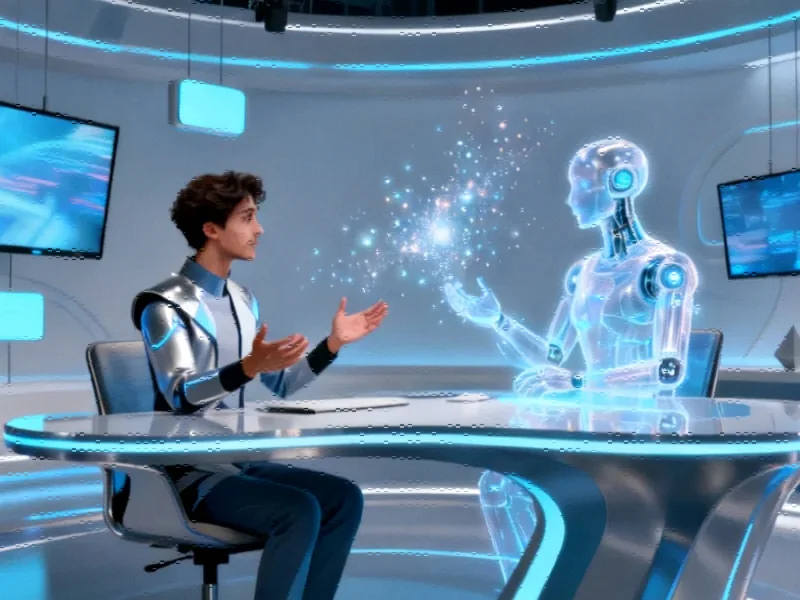Kojima’s Vision for AI Partnership in Gaming
According to reports from Wired Japan following their visit to Kojima Productions in Tokyo, legendary game designer Hideo Kojima has articulated a forward-thinking approach to artificial intelligence in game development. The creator behind groundbreaking franchises like Metal Gear and Death Stranding reportedly sees AI as a collaborative “friend” rather than just a technological tool, positioning this partnership as essential for future innovation.
Sources indicate that Kojima’s perspective differs significantly from common industry practices where AI is primarily used for idea generation. “A lot of people use AI in creative work to come up with ideas, but I think of AI as more of a friend,” Kojima stated in the interview. “Since I’ve been in the digital industry, I would lead the creative part and use AI to boost efficiency.”
Practical Applications and Industry Benefits
The report states that Kojima envisions AI handling tedious development tasks, which would significantly lower production costs and reduce development timeframes. This approach addresses two critical challenges facing the gaming industry today, where both budgets and development cycles continue to expand exponentially.
Analysts suggest that Kojima’s pragmatic stance represents a middle ground in the ongoing debate about AI implementation in creative fields. Rather than adopting an ideological position for or against the technology, the renowned developer focuses on practical applications that enhance human creativity without replacing it. “It’s more like co-creating with AI instead of just using it,” Kojima explained.
Proven Track Record of Technological Innovation
This latest revelation aligns with Kojima’s established reputation for embracing cutting-edge technology throughout his career. The visionary developer has consistently pushed boundaries, from the complex gameplay systems in the Metal Gear series to the interconnected social mechanics of Death Stranding.
Recent industry developments demonstrate Kojima’s continued commitment to innovation. Last month, his studio announced an unexpected partnership with Niantic Spatial to create a Death Stranding-inspired Augmented Reality experience, showcasing his willingness to explore emerging platforms and technologies.
Current Projects and Future Directions
According to the reports, Kojima Productions maintains an ambitious development schedule across multiple platforms. Following the June launch of Death Stranding 2: On the Beach for PlayStation 5, the team is reportedly focusing on OD, a horror game in development for Xbox Game Studios.
Further on the horizon, Physint represents a new action espionage game in development with PlayStation Studios, marking a return to the genre that made Kojima famous. Additionally, the Death Stranding IP is expanding beyond gaming with both live-action and animated film adaptations in development, reflecting broader market trends toward multimedia franchise development.
Industry Implications and Future Outlook
The gaming community has taken note of Kojima’s comments, with discussions spreading across social media platforms including a Culture Crave post that brought additional attention to the interview. Kojima’s approach to artificial intelligence may influence how other developers approach the technology, particularly as tools become more sophisticated.
As related innovations continue to emerge across the technology sector, Kojima’s vision of collaborative creation with AI represents a potential roadmap for maintaining creative leadership while leveraging technological advantages. “I see a future where I stay one step ahead; creating together with AI,” Kojima concluded, suggesting this partnership model will define his studio’s approach for years to come.
The ongoing evolution of game development practices continues to shape how creators approach their craft, with Kojima’s perspective offering a distinctive viewpoint in the conversation about technology’s role in artistic expression.
This article aggregates information from publicly available sources. All trademarks and copyrights belong to their respective owners.
Note: Featured image is for illustrative purposes only and does not represent any specific product, service, or entity mentioned in this article.

